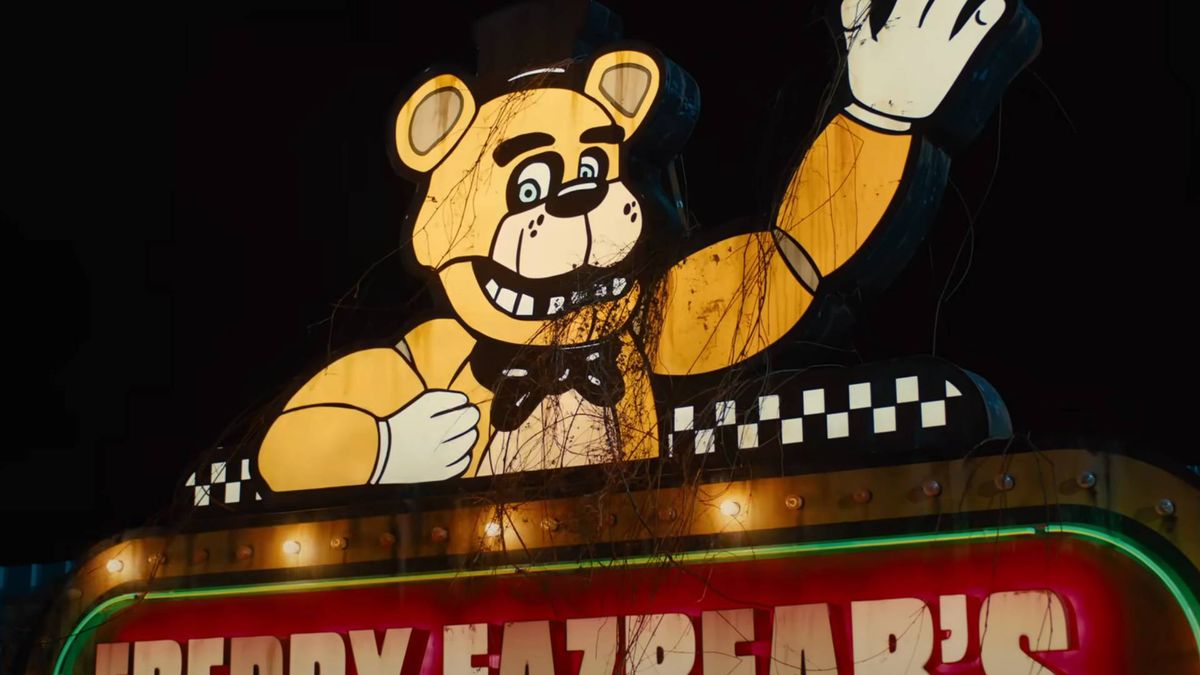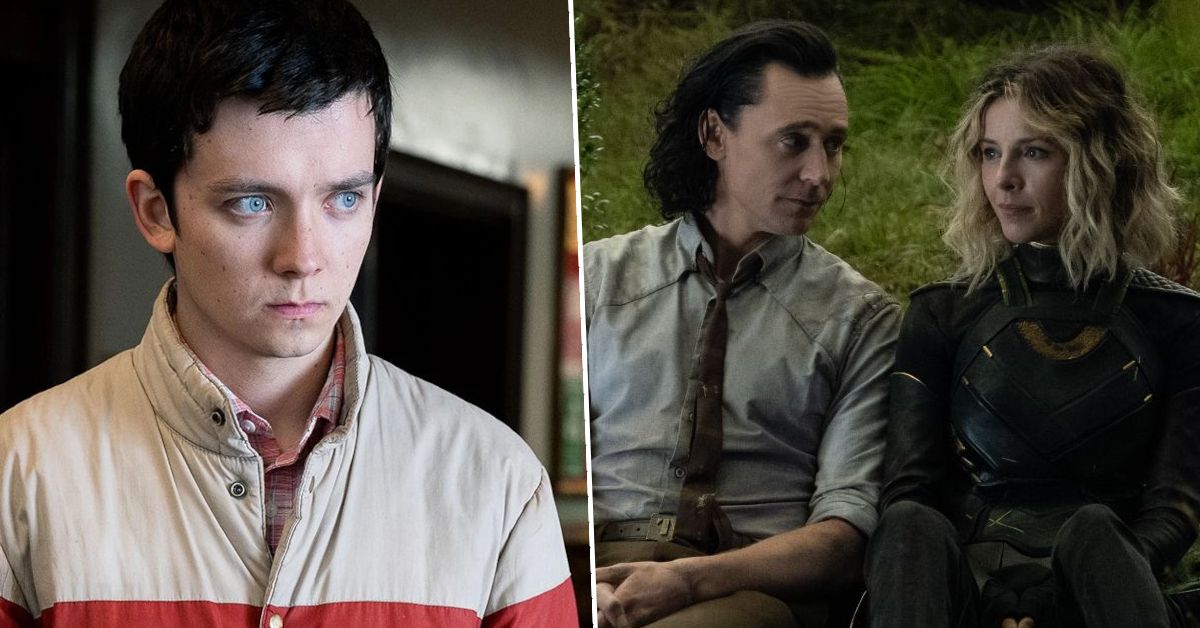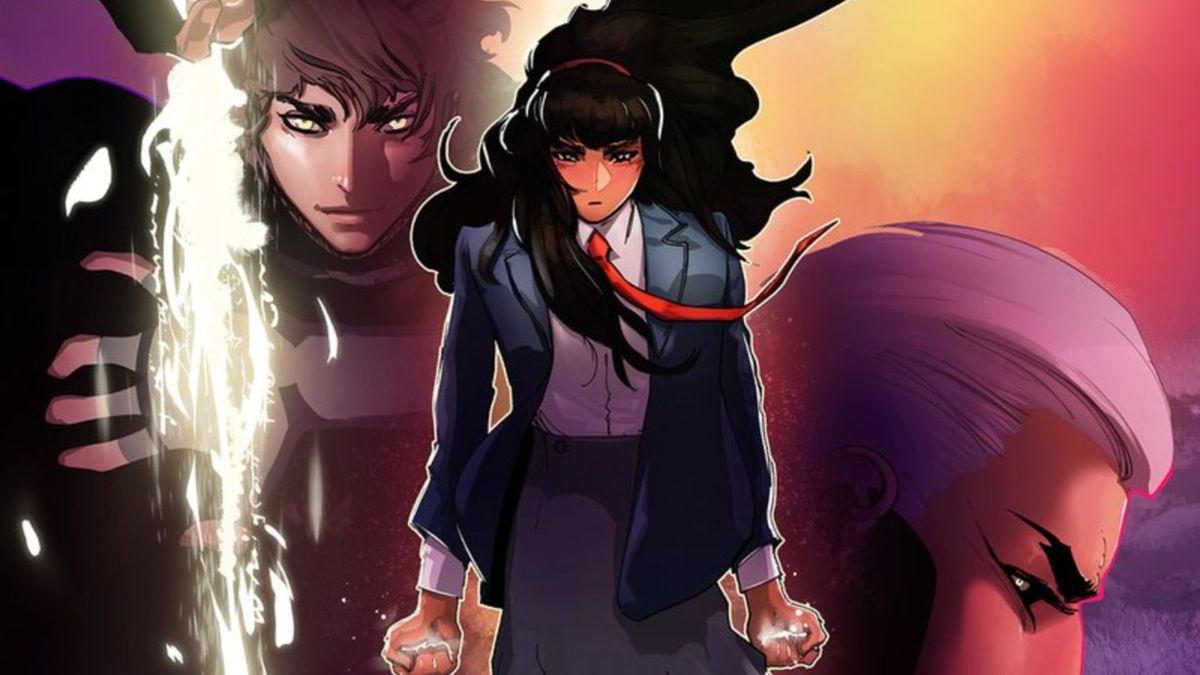Did you happen to catch that other piece of blockbuster news in DC’s announcement that writer Chip Zdarsky is taking over as the new Batman ongoing series for “the long haul” starting in July?

(opens in new tab)
Or how about in the announcement of the new Aquaman-Flash team-up limited series Voidsong?
No? How about in DC’s May solicitations?
You savvy DC readers have probably figured out what we’re talking about by now.
Because by the look of things, Bruce Wayne, Arthur Curry, Barry Allen, and not to mention Superman and Wonder Woman don’t seem very dead in May and beyond.
Huh?
Despite promises of impactful deaths that ramifications of which would last a while, life for the nine superheroes slated to die a high-profile death in April’s Justice League #75 seems to be continuing as normal, with no sign outside of May’s Dark Crisis lead-in specials that anything’s amiss in Gotham City, Themyscira, Metropolis, or the DC Universe at large.
So what’s the deal here?
Is Dark Crisis an ‘Elseworlds’-like story outside of continuity?
No.

(opens in new tab)
Not according to DC who told Newsarama on the record clearly and directly ‘Death of the Justice League and Dark Crisis’ was in continuity.
Will the monthly ongoing titles like Batman, Detective Comics, Wonder Woman, Action Comics, the new Aquamen catch up with the death of their main characters and the events of Dark Crisis sometime in June or beyond?
Probably no and yes, meaning ‘no,’ it looks unlikely those titles will tie into Dark Crisis while it’s happening, but at the same time, ‘yes,’ Dark Crisis continuity will likely cross paths with those titles eventually.
So how’s that possible? How can the death of most of DC’s most iconic superheroes happen in continuity but also not affect their ongoing titles?
The power of the colon.
And if we could break into a Schoolhouse Rock musical number right now, we would.

(opens in new tab)
But first, some background.
When DC first announced ‘Death of the Justice League,’ its writer, an aware Joshua Williamson, preemptively made sure readers got the signal that it wasn’t an ‘imaginary’ type story.
“We want people to understand, this is serious and this is gonna have a major impact in the DCU moving forward,” Williamson was sure to tell EW.com (opens in new tab) who announced the event to the world. Williamson added that Justice League #75 would be the last issue of Justice League for “a while” and that the team’s absence would be a major part of what the DCU looks like after this story.”
Remember that word “after.”
DC hedged its bets a little in a subsequent announcement of the event ‘Death of the Justice League’ leads into – Dark Crisis – including language that implies that although thought dead on Earth, the Justice Leaguers might just be missing and presumed dead.

(opens in new tab)
Now we’ve been upfront that nothing will convince us DC’s most iconic heroes will be dead for any significant period of time, but Superman’s death 30 years ago, which is the direct inspiration for ‘Death of the Justice League,’ did last a couple of years and did impact the main DC line including the ongoing Superman titles while he was dead.
So we started imagining what that sort of approach would look like in 2022 … but then a funny thing happened on the way to Dark Crisis.
In what seems like to us a vital piece of information that has not been reflected in DC’s official news releases or solicitations (yet anyway), Williamson dropped some knowledge from his personal Twitter account informing DC readers that follow him that ‘Death of the Justice League’ takes place “a bit in the future of the DCU,” likely explaining why the ongoing series are (so far) showing no signs of existing with deceased main characters.

(opens in new tab)
So how can something happen in a bit of the future of the DCU but also be a major part of what the DCU looks like “after”?
This is starting to sound like one of those time travel conversations from Avengers: Endgame.
The answer is almost certainly in the aforementioned colon.
It’s beginning to become clear ‘Death of the Justice League’ will exist in continuity very much the same way 2020’s Dark Nights: Death Metal did.

(opens in new tab)
Scott Snyder and Greg Capullo’s tour de force Death Metal, firmly in continuity mind you, began its story with a DC Earth-0 transformed, utterly unrecognizable from the more familiar DC Earth-0 of the then-concurrent monthly ongoing titles, with the transformation occurring off-page before the series began.
The conclusion of the series wrapped up so while superheroes of Earth remembered it happened, Earth was reverted back to what it looked like before its transformative events. Back to normal, more or less.
In other words, Death Metal happened in a pragmatically self-contained bubble of DC continuity time, that writers or DC readers could drop into their ongoing in-continuity stories whenever convenient to do so.
So it all happened to Batman and Superman, just in-between other Batman and Superman adventures.
The ‘Death of the Justice League’ and Dark Crisis appears as it will happen in continuity in a similar way – following its conclusion to be dropped instantly somewhere in-between the stories of the ongoing series, which at the point in time writers can start reflecting any game-changing events that happened within the Dark Crisis bubble.

(opens in new tab)
If that sounds a little like DC having its continuity and eating it too (if you’ll pardon the paraphrased proverb), it is.
Which brings us back to the colon. How does DC keep Chip Zdarsky writing the adventures of Bruce Wayne in Batman or keep new launches like Aquamen on track for over half a year while at the same time impacting the DCU with Dark Crisis?
Answer:
Dark Crisis: Batman. Dark Crisis: Aquamen (or Man), and Dark Crisis: Wonder Woman – that’s how. Simply put, a series of tie-in series and/or specials (almost certainly beginning in June along with Dark Crisis #1), set during the self-contained continuity bubble of the series showing a DCU picking up the pieces “after” the death of the Justice League.
And if the seven-issue/seven-month Dark Crisis ends with the “lost” Justice Leaguers returning, each ongoing series writer can just insert the relevant impact of the storyline in-between story arcs and begin reflecting any necessary continuity developments whenever able.

(opens in new tab)
So that way interested readers do get to see Dark Crisis’s “epic event about legacy” and how the DCU deals with the Justice League’s death while Batman and Wonder Woman readers loyal to Bruce and Diana aren’t asked to follow along with another character in the lead.
And perhaps more importantly, a beleaguered DC editorial staff and freelance creators aren’t spending precious time trying to solve a Rubick’s cube of concurrent continuity.
So look for those colons in DC’s upcoming June solicitations. And we’ll get to work on that Schoolhouse Rock anthem.
However the ‘Death of the Justice League’ happens, it’ll take an army to do it, and we have the lowdown on the Dark Army and its soldiers that does it.
 Games News games, movies and TV you love.
Games News games, movies and TV you love.



